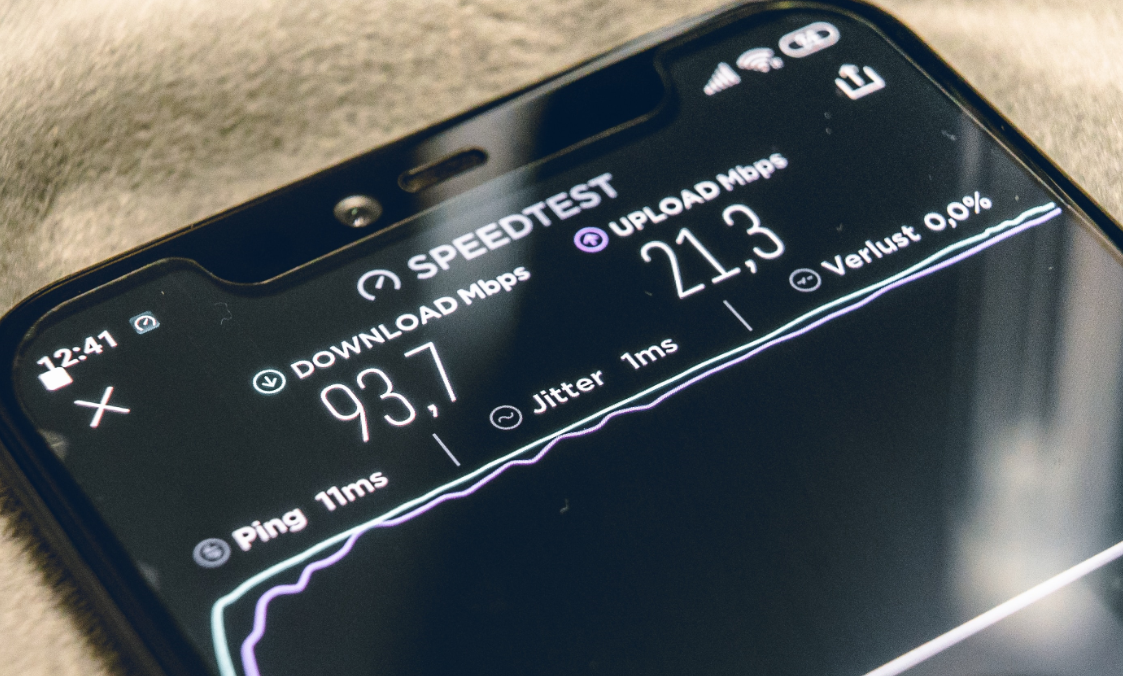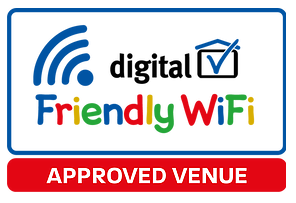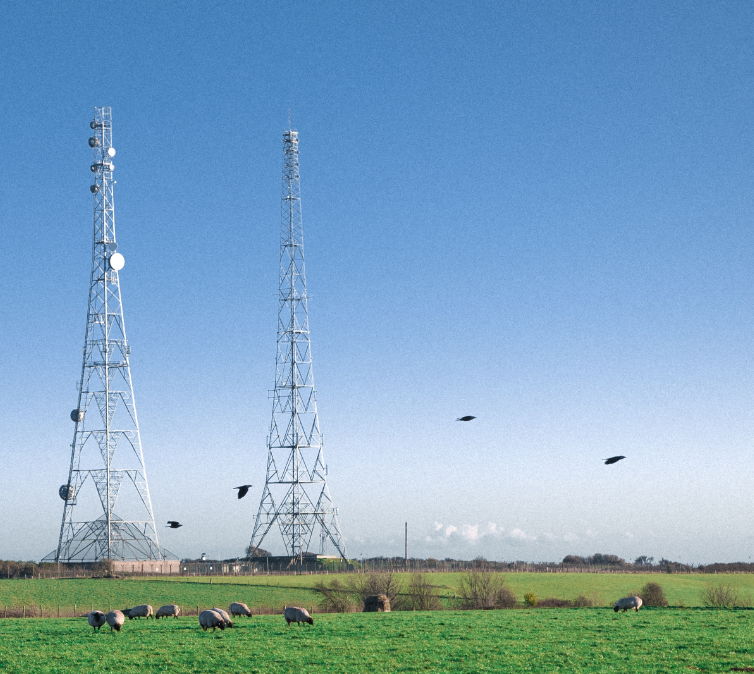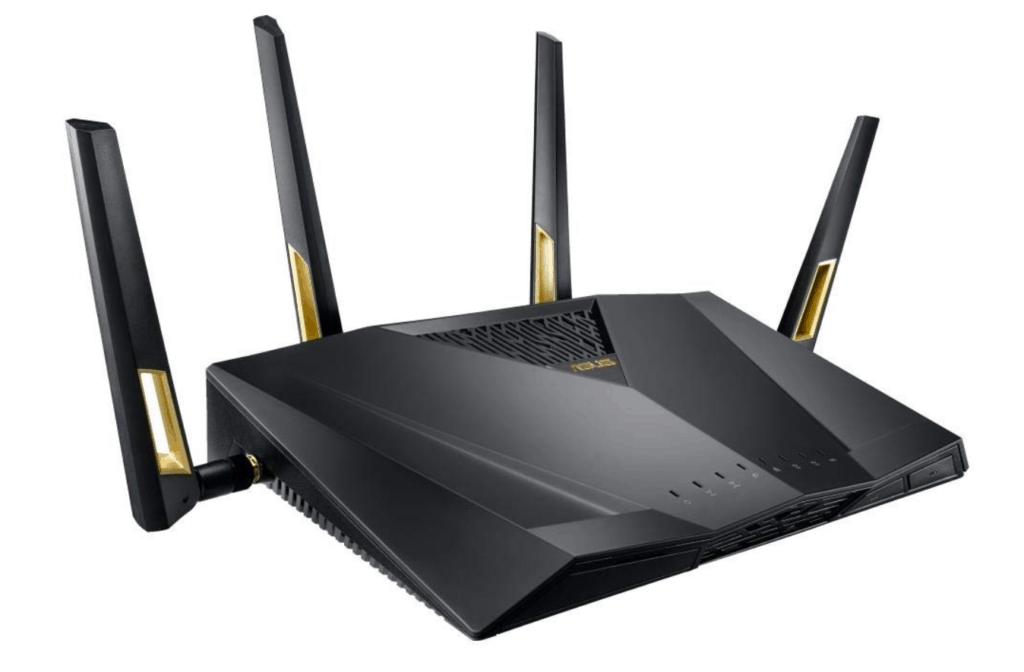We’ve blogged a couple of times about this but it really is the buzzword of the moment – Wi-Fi 6. There’s a lot of hype as well as a lot of questions to be answered. If you’re sat there wondering what all the fuss is about, or have a burning question you’re desperate to know the answer to, keep reading for the answers to some Wi-Fi 6 FAQ’s.
What’s actually the difference between 802.11ax and Wi-Fi 6?
Both of the above are referring to the next-generation of wireless technology, and many networking professionals use these terms interchangeably.
Technically speaking, 802.11ax is the official IEEE standard in reference to wireless technology. The IEEE first formed a committee in 2014 to start development of this standard.
Wi-Fi 6 is in reference to certified products and networks that support the .11ax standard as indicated by the WFA (Wi-Fi Alliance).
Historically, the WFA have used the names given by the IEEE (802.11) but late last year they introduced a new naming system to try and simplify terminology for users. The new simplified naming system refers to the wireless technology standards by generation – hence, Wi-Fi 6.
So using this system the standards are as follows:
– 802.11ax gear is Wi-Fi 6
– 802.11ac is Wi-Fi 5
– 802.11n is Wi-Fi 4
There are also 3 less relevant past IEEE standards that WFA renamed. These are 802.11g (Wi-Fi 3), 802.11a (Wi-Fi 2) and 802.11b (Wi-Fi 1).
Why Wi-Fi 6? Is it faster than 802.11ac?
Hailed as going to be the first wireless standard to reliably break the gigabit barrier, .11ax is faster than the predecessing standards, 802.11ac (5) and 802.11n (4).
However, it’s not just about the speed. Wi-Fi 6 also works smarter thanks to a new feature called OFDMA. Orthogonal Frequency-Division Multiple Access means that it can collect more clients to each access point. Essentially, it’s working harder and smarter by making a more efficient route between the device and the network.
Think about it like this – You need to get from A to B. The highways agency can either let you drive faster down a 3 lane motorway, or they can add some lanes and make it a 5 lane motorway so that it has better traffic flow.
That is what 802.11ax (Wi-Fi 6) is doing. It’s improving the efficiency of the route.
For any new Wi-Fi 6 gear to be compliant with the new highly efficient 802.11ax standard, it must support both OFDMA downlink (AP to client) and uplink (client to AP).
In addition to this, .11ax devices can utilise both 2.4GHz and 5GHz bands to transmit data, whereas .11ac only uses the 5GHz frequency band. This supports better throughput on the new standard.
When will the IEEE ratify the 802.11ax standard?
This is why the hype is steadily growing and you’re seeing Wi-Fi 6 mentioned here, there and everywhere. Later this year, it is anticipated that the IEEE will ratify 802.11ax. Due to the previous 2 drafts of the standard failing to be approved by the committee, this ratification is almost a year behind schedule. Hence why people are on tenterhooks.
This month the group voted to pass the 3rd draft and thus is currently preparing it’s final draft to be submitted to RevCom (the IEEE Review Commitee). In December we are expecting to see whether RevCom recommend that the IEEE Standards Board aprrove or reject the new standard.
Around the same time, the WFA is expected to give it’s stamp of approval to compatible products through it’s Wi-Fi 6 certification program.
Is it too early to upgrade to the new standard – Should I be replacing my network gear?
Industry experts consider the new standard as being investable and stable enough to be adopted early, especially as most firmware has the ability to work with the previous standards as well as the new one.
However, the benefits of going out and replacing pieces of kit at this stage is rather minimal. As we’ve just said, most products will have backward compatibility, and so if it’s not able to utilise the new standard it will automatically go to the next compatible one down.
OFDMA will only work if the hardware is compatible, so for example it needs next-generation AP’s and end-user devices.
With IEEE set to ratify 802.11ax in December, and the WFA following suit with it’s certification late this year, it’s likely we won’t start to see compatible products appearing in volume until we’re into 2020.
You could however beat the rush and get ready now so that when Wi-Fi 6 does come into use, you’re already compatible and ready to go.
Who should consider Wi-Fi 6?
The ones that are going to see the biggest benefits due to the wonders of OFDMA, are going to be high density areas like stadiums, universities and festivals. However any network manager who is struggling with traffic management issues and a lot of congestion should really be considering an upgrade sooner rather than later.
Large office buildings, hospitals, and anywhere you have a large number of wireless devices will benefit from the opportunity to segment virtual LANs and better manage the large amount of traffic from having lots of IoT devices.
Another new feature we haven’t mentioned yet (in this blog anyway) is Target Wake Time (TWT). This enables IoT devices to spend more time asleep by scheduling short windows of engagement, thus conserving battery and bandwidth. Big pluses.
An example of this in action could be a smart thermostat from which an AP collects performance data. Rather than it being engaged unneccessarily all the time, the AP could collect the data once a day which would allow the gadget to spend the rest of the time in low-power mode.
Mobile devices would also benefit from TWT.
If you are currently using 802.11n and looking to upgrade, then it would probably make sense to skip .11ac and head straight for .11ax.
It’s also worth noting that .11g, .11a and .11b are near obsolete (if not so already) so if you have networks on any of these it would probably be wise to upgrade sooner rather than later.
Who doesn’t need to upgrade to Wi-Fi 6?
There are a few cases where it might not be necessary to upgrade to Wi-Fi 6.
For example, if you manage a .11n and .11ac network in a low-density environment then you are unlikely to experience many connectivity problems. In which case you probably don’t need .11ax just yet.
Another thing to consider is your WAN. A wide area network that runs slow will run slow regardess of how good your Wi-Fi is. Upgrading to Wi-Fi 6 won’t sort out a slow WAN issue so it’s a good idea to sort this out first. Your WAN needs to be as fast as your Wi-Fi.
Will Wi-Fi 6 work with legacy clients?
According to the IEEE, 802.11ax (or Wi-Fi 6) will be completely backward compatible.
However, like all new tech installations, it’s probably a wise idea to test an isolated deployment before rolling it out organisation wide. If you’re a network manager, you want to be gaining some experience with the new technology before rolling it out.
You could perhaps give it a try in a different building? The most important thing to check would be how backward-compatible it really is with anything on 802.11n or 802.11ac.
Do you have any more questions about Wi-Fi 6 / 802.11ax? We’d love to hear them! @WiFiExpertUK


















